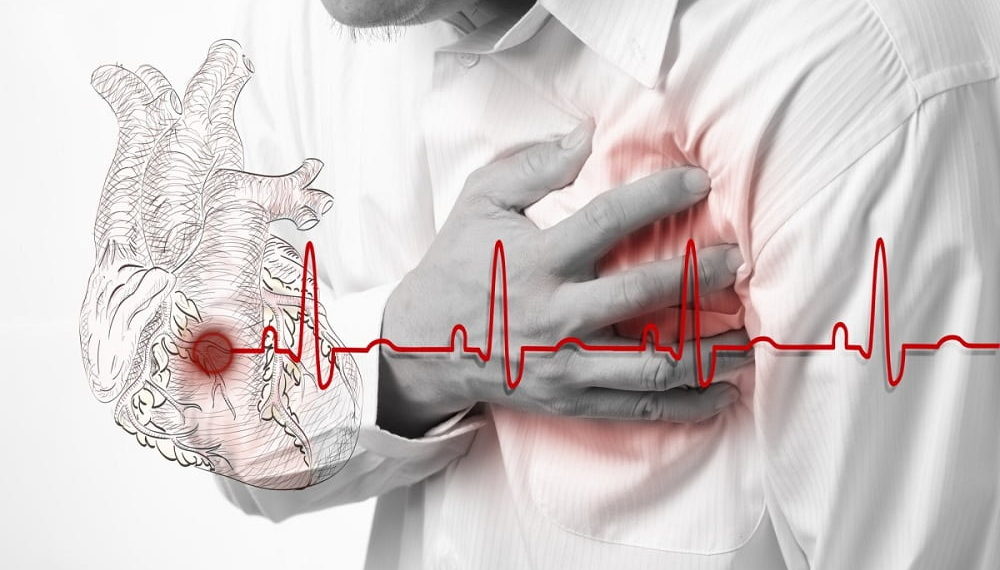King’s College London, a public research university, is using messenger RNA (mRNA) technology to battle the physiological effects of cardiac arrest in the hopes of developing the world’s first heart attack treatment. The technology has the ability to reverse cardiac damage to a large extent.
Such has been the devastating effect of COVID-19 that the NHS has launched a new life-saving campaign in the hopes of preventing any unforeseen and terrible events such as chest tightness, excessive fatigue, and uneasiness, all of which point to a heart-related issue.
mRNAs are biological codes that result in the production of proteins containing genetic information. King’s College University’s mRNA technology creates proteins that stimulate the formation of healthy new heart cells and can be administered straight to the heart muscle following an attack. The proteins produced by the technology can help the heart muscle regenerate cells. This revolutionary response has yet to be included in any cardiac drugs or post-episode treatments.
If we talk about the US in particular, one out of every four Americans has heart problems that have developed due to a COVID-19 history. Since the beginning of the pandemic, 41% of Americans have had at least one cardiac problem.
People are all born with a specific number of muscle cells in their hearts, and they are exactly the same ones they will die with, says professor of cardiovascular sciences at King’s College’s School of Cardiovascular Medicine and Sciences, Mauro Giacca. The goal has been to develop a way to persuade surviving cells to multiply. He added that they are injecting micro RNAs into the heart using the same technique as Pfizer and Moderna vaccines, targeting living heart cells and boosting their multiplication.
The level of cardiac treatment might be dramatically enhanced, and the lives of millions of people throughout the world could be extended, if the technology progresses to regulatory approval with guidelines for heart attack patients.
As a result of the research, proteins that may be delivered to heart attack patients in the rear of an ambulance to protect heart cells from dying have also been discovered.



















